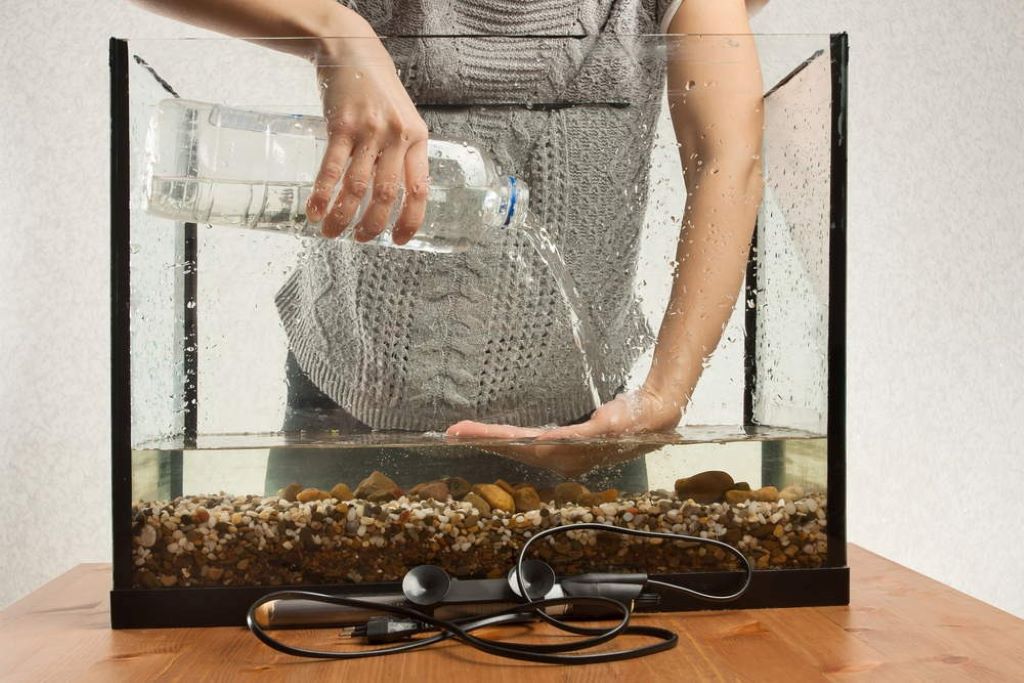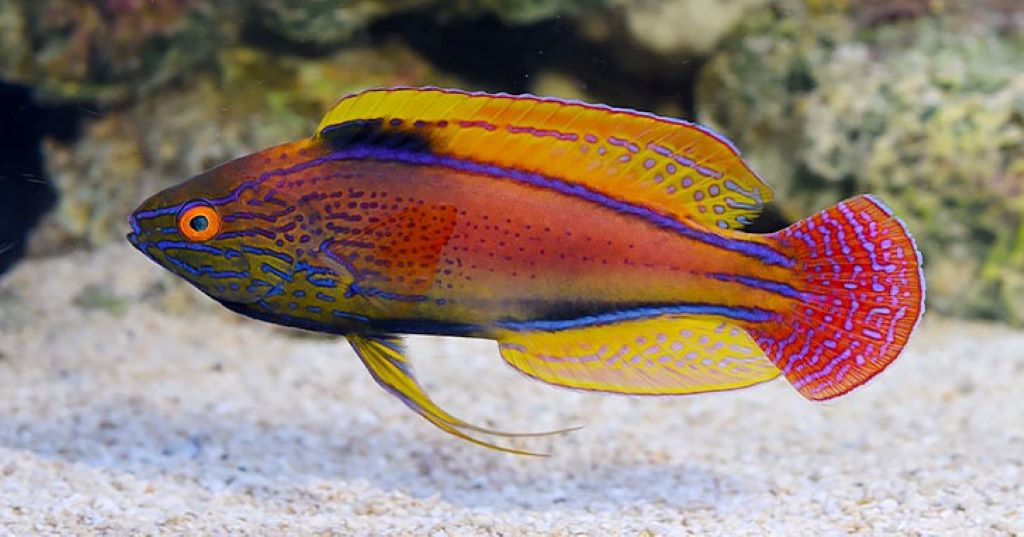Introduction
Maintaining a clean and healthy aquarium is crucial for the well-being of your aquatic pets. For beginners, the task of aquarium cleaning might seem daunting, but with the right knowledge and tools, it can be a straightforward process. This comprehensive guide provides a step-by-step approach to aquarium cleaning, along with the pros and cons, reviews of popular cleaning tools, and answers to frequently asked questions.
Step-by-Step Aquarium Cleaning Guide
-
Gather Your Supplies
Before you begin, ensure you have all the necessary cleaning supplies. These include:
- Algae scraper: To remove algae buildup from the aquarium walls.
- Gravel vacuum: To clean the substrate and remove debris.
- Water change bucket: A clean bucket dedicated to holding the new water.
- Dechlorinator: To neutralize chlorine and chloramine in tap water.
- Filter media: Replacement filter media if needed.
- Clean towels or rags: To wipe down surfaces and spills.
- Optional: Aquarium-safe disinfectant, plant fertilizer, and fish net.
-
Prepare the New Water
Fill the water change bucket with tap water and add the appropriate amount of dechlorinator according to the product instructions. Allow the water to sit for at least 24 hours to allow the dechlorinator to work effectively and the water to reach room temperature.
-
Unplug Electrical Equipment
For safety, unplug all electrical equipment connected to the aquarium, such as the heater, filter, and lights.
-
Clean the Aquarium Walls
Use the algae scraper to gently remove any algae buildup from the aquarium walls. Be careful not to scratch the glass. If you have delicate plants or decorations, you can use a soft cloth or sponge instead.
-
Clean the Substrate
Use the gravel vacuum to clean the substrate. Push the vacuum into the gravel, allowing it to suck up debris and uneaten food. The vacuum will also remove some of the aquarium water, which is part of the water change process.
-
Clean the Decorations and Plants
Remove any decorations and plants from the aquarium and rinse them in clean water. You can use a soft brush to remove any stubborn algae or debris. Avoid using soap or detergents, as these can be harmful to fish and other aquatic life.
-
Perform the Water Change
Remove the desired amount of old aquarium water using the gravel vacuum or a siphon. Typically, a 25-30% water change every two weeks is recommended, but this can vary depending on the size of the aquarium, the number of fish, and the type of filtration system.
-
Add the New Water
Slowly pour the prepared new water into the aquarium. Avoid disturbing the substrate or decorations.
-
Clean the Filter
If necessary, clean or replace the filter media according to the manufacturer’s instructions. Do not clean the filter media with tap water, as this can kill the beneficial bacteria that help to maintain water quality. Instead, rinse the media in a bucket of old aquarium water.
-
Reconnect Electrical Equipment
Plug in the heater, filter, and lights.
-
Observe Your Fish
After cleaning, observe your fish for any signs of stress or unusual behavior. If you notice anything unusual, test the water parameters to ensure they are within the safe range.
Pros and Cons of Regular Aquarium Cleaning
Pros:
- Improved water quality: Regular cleaning helps to maintain good water quality, which is essential for the health of your fish and other aquatic life.
- Reduced algae growth: Cleaning removes excess nutrients and algae buildup, preventing unsightly algae blooms.
- Healthier fish: A clean environment reduces the risk of diseases and infections in fish.
- Enhanced aesthetics: A clean aquarium is more visually appealing and enjoyable to observe.
Cons:
- Time commitment: Cleaning an aquarium can be time-consuming, especially for larger tanks.
- Disruption to the ecosystem: Cleaning can disrupt the delicate balance of the aquarium ecosystem.
- Potential for stress to fish: Moving decorations and changing water can stress fish.
- Cost of supplies: Cleaning supplies can add to the overall cost of maintaining an aquarium.
Reviews of Popular Aquarium Cleaning Tools

- Python No Spill Clean and Fill Aquarium Maintenance System: This popular tool combines a gravel vacuum and siphon, making water changes easier and less messy. It receives positive reviews for its ease of use and efficiency.
- Aqueon Aquarium Siphon Vacuum Gravel Cleaner: This affordable and versatile tool is suitable for both gravel and sand substrates. It is praised for its durability and effectiveness in removing debris.
- Fluval Flex Aquarium Gravel Cleaner: This battery-powered gravel vacuum is designed for smaller aquariums. It is lightweight and easy to maneuver, making it ideal for spot cleaning.
- API Algae Scraper: This multi-purpose scraper features a scrubbing pad and a blade for removing different types of algae. It is praised for its effectiveness and durability.
How to Keep Sand Clean in a Reef Tank: A Comprehensive Guide
Popular FAQs about Aquarium Cleaning
Q: How often should I clean my aquarium?
A: The frequency of cleaning depends on several factors, including the size of the aquarium, the number of fish, and the type of filtration system. As a general rule, a 25-30% water change every two weeks is recommended.
Q: Can I use tap water for aquarium cleaning?
A: Tap water contains chlorine and chloramine, which are harmful to fish. You must use a dechlorinator to neutralize these chemicals before adding tap water to the aquarium.
Q: How can I prevent algae growth in my aquarium?
A: Several factors contribute to algae growth, including excess nutrients, light, and CO2. To prevent algae growth, avoid overfeeding your fish, perform regular water changes, and ensure your aquarium is not exposed to direct sunlight.
Q: How do I clean the filter media?
A: Do not clean the filter media with tap water, as this can kill the beneficial bacteria. Instead, rinse the media in a bucket of old aquarium water.
Q: How can I reduce stress to my fish during cleaning?
A: Avoid sudden movements and loud noises during cleaning. Move decorations and plants slowly and gently. Perform water changes gradually to minimize temperature fluctuations.
Conclusion
Aquarium cleaning is an essential aspect of maintaining a healthy and thriving aquatic environment. By following this step-by-step guide and understanding the pros and cons, beginners can confidently clean their aquariums and ensure the well-being of their aquatic pets. Remember to choose the right cleaning tools and perform regular maintenance to keep your aquarium clean, clear, and beautiful.
Read More:




